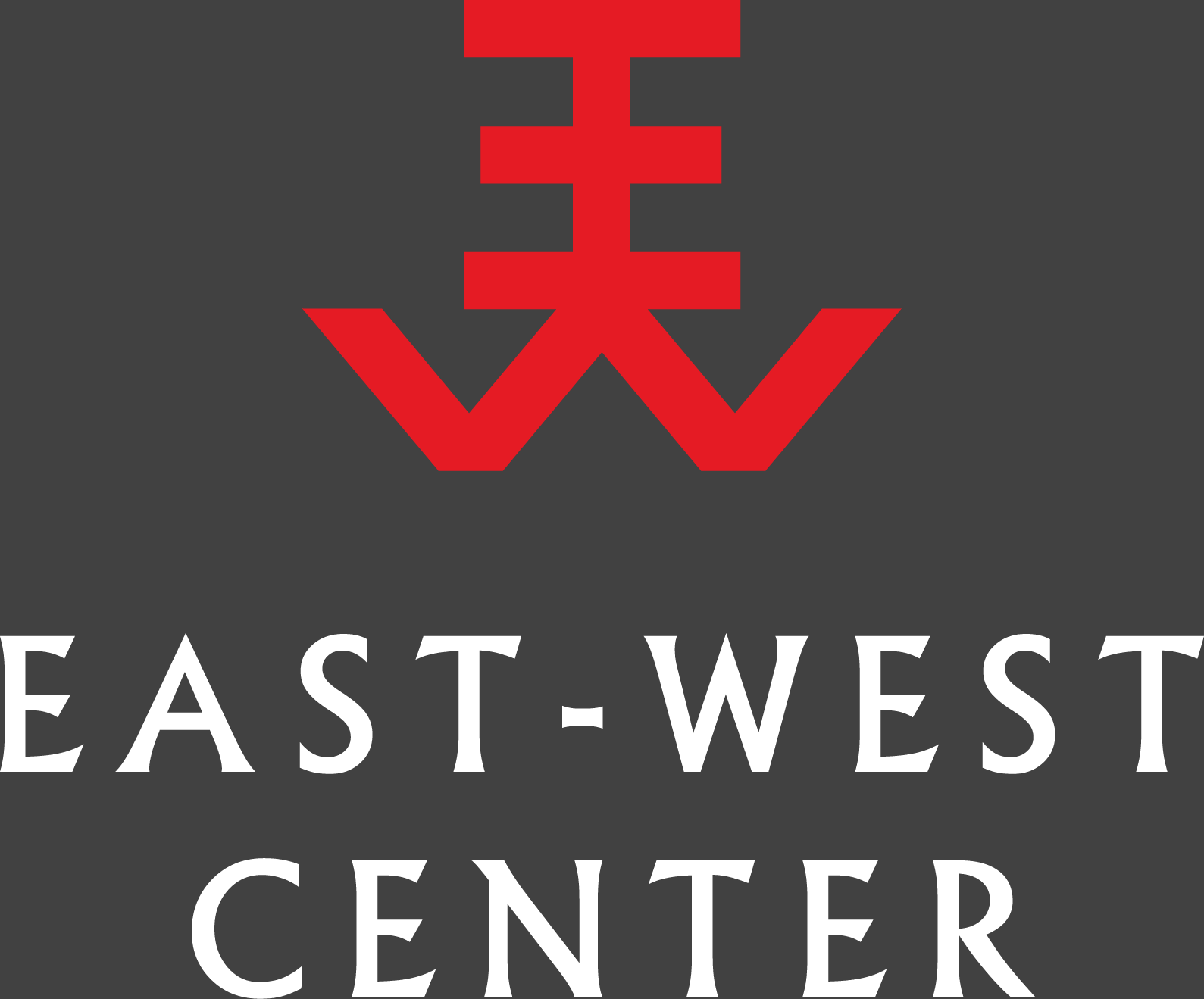►▼ Where is this data from?
This chart is based on data provided by the UN Office for the Coordination of Humanitarian Affairs (UNOCHA) Financial Tracking Service (FTS), which provides worldwide data on humanitarian aid flows. It includes all reported donations to UN and humanitarian agencies (both resident and non-resident) operating in the DPRK.
Because the FTS only includes reported aid flows, it may not capture private donations to NGOs for humanitarian activities in North Korea. Additionally, this chart does not capture some government-to-government assistance, such as South Korea's Sunshine Policy-era food loans to the North or unreported aid provided by third countries such as China.
Note that data on "nutritional assistance" in this chart is only available for the years 2012 and 2016. FTS Consolidated Appeals Process (CAP) data for DPRK does not include nutrition as a separate category, and appears to be inconsistent in applying it to either the Health or Food sectors in any given year. Data on nutritional assistance is available through Non-CAP budget summaries for 2012 and 2016, but not for other years.
This chart follows the FTS standard in including paid contributions, commitments, and pledges. Because aid commitments and pledges are not always realized, the total amount of aid may therefore be less than what is reflected in the chart.
►▼ What types of organizations are conducting humanitarian assistance projects in North Korea?
In addition to the UN agencies, there are several European NGOs resident in North Korea, as well as a handful of national development agencies, which provide humanitarian assistance. Additionally, there is a larger number of non-resident international NGOs which provide humanitarian or development assistance in North Korea, with staff periodically traveling to North Korea to assess and monitor programs.
Some of the main areas of activity for NGOs operating in North Korea include promoting food security and nutrition for vulnerable groups; providing disaster relief; treating infectious diseases such as tuberculosis; and building capacity in North Korea's health and agricultural sectors.
►▼ Where can I find more information on UN and NGO activities in North Korea?
The "United Nations in DPR Korea" website contains a range of information and publications related to the UN presence in North Korea. Additionally, the Relief Web DPRK country page collects news and documents related to humanitarian emergencies and UN program activities in North Korea.
►▼ What is the difference between this section and the "Food Assistance" section above?
The "Food Assistance" section is based on data compiled by the WFP's Interfais database, which tracks commodity food aid and provides data in metric tons. This section examines overall humanitarian assistance (which can include, but is not limited to, food aid) as recorded by UNOCHA's Financial Tracking Service, which is measured according to the dollar value of assistance.





